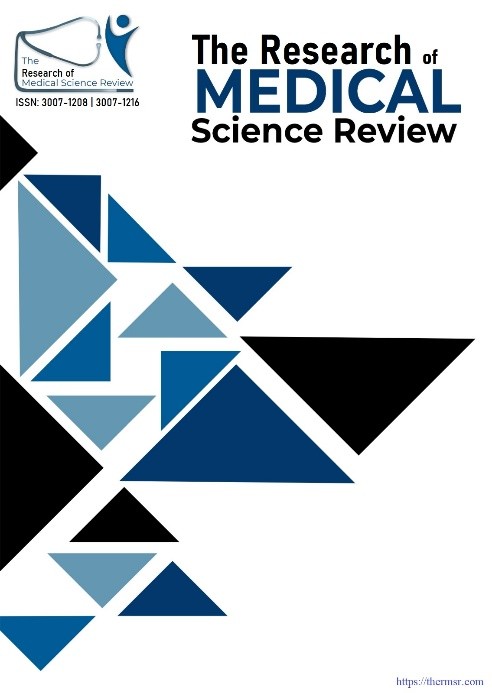THE ROLE OF NON-INVASIVE IMAGING IN THE EVALUATION AND MANAGEMENT OF HEPATITIS-RELATED LIVER DISEASE DURING PREGNANCY
Main Article Content
Abstract
The infection of the Hepatitis B and C virus is one of the major challenges to the global health situation, especially in females in the stage of reproductive age. Invasive liver biopsy is used in the assessment of liver disease related to hepatitis, but it is compromised by the physiological and biochemical changes during the pregnancy process. In this prospective study of 156 pregnant women with confirmed infection of HBV or HCV, the clinical value and the diagnostic accuracy of the non-invasive imaging, namely ultrasound-based elastography and magnetic resonance elastography (MRE), were considered. The current literature supports the fact that modalities like Fibro scan transient elastography (TE), 2D-SWE, and MRE have demonstrated high specificity and sensitivity in staging liver fibrosis among non-pregnant patients, but little data exists in pregnant women. The subjects of this research were exposed to liver stiffness measurement (LSM) by ultrasound and MRE, liver functional assessment, and monitoring of the pregnancy outcome. The findings revealed a much better liver firmness and aminotransferase and fibrosis rating (APRI, FIB-4) amongst HCV-infected women than in those infected with HBV. These trends were substantiated with MRI data, having more cases of periportal edema and hepatic steatosis in instances involving HCV. Mothers also had higher incidences of complications such as preterm delivery (32.2% vs 15.5, p = 0.012) of the child, intrauterine growth restriction (23.7% vs 9.3%; p = 0.011) and pregnancy loss. Vertical transmission percentages were highly concerned with HCV group as compared to HBV (13.8 and 6.6 percentages, respectively). Notably, maternal and neonatal outcomes were better when there was early HBV screening and adherence to treatment in cases of HCV. This study indicates the safety, feasibility, and clinical significance of the importance of implementing non-invasive imaging during antenatal care and hepatitis-positive pregnancies.
Downloads
Article Details
Section

This work is licensed under a Creative Commons Attribution-NonCommercial-NoDerivatives 4.0 International License.
